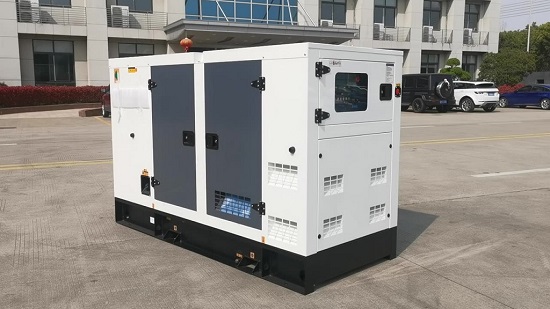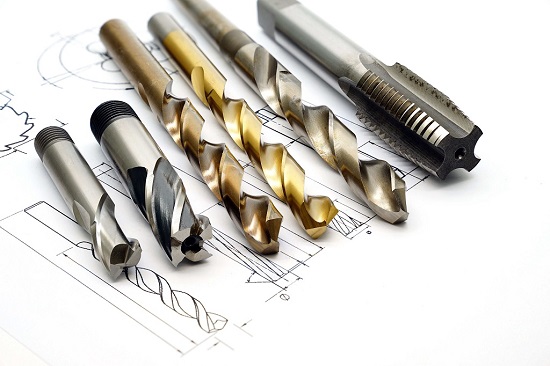
For anyone building a new house or planning a renovation, one detail that often gets overlooked is the humble generator. Question is, how well-informed are you about Diesel generators? Do you know how they can benefit you in the long run, even if you’ve got power on tap from the grid? And more importantly, do you know how to select the perfect diesel generator that’s tailored to meet your needs?
In this blog post, we'll cover all the aspects of diesel generators, from their basic functions, through to the reasons why you might need one, and how to choose the right one for your home. This ultimate guide is aimed at bringing you up-to-speed with everything you need to know, so that you can make an informed decision when purchasing a diesel generator.
Welcome to your comprehensive one-stop-shop guide, where you'll get expert insights on everything from the technical implications of owning a diesel generator to aesthetically pleasing installation options. Ready? Let's power up!
Understanding Diesel Generators: The Basics
Diesel generators are designed to be reliable power sources, particularly during power outages. They are appreciated for their fuel efficiency and durability. Not only do they provide a seamless supply of energy during blackouts, but they also deliver valuable peak load coverage. In this section, we will delve into exactly what a diesel generator is, how it operates, and its principal components.
Why Would You Need a Diesel Generator?
Anyone that’s ever experienced a lengthy power outage can attest to the convenience of owning a generator. They are essential for locations prone to severe weather or with unreliable grid supply. But what about people living in built-up urban areas blessed with stable grid electricity? Within this section, we will explore the many reasons why homeowners are investing in diesel generators, even when they have a perfectly reliable grid connection.
Selecting The Perfect Diesel Generator: Size and Capacity
So, you understand what a diesel generator does, how it works; you’ve even decided that you need one for your home. Now we reach the tricky part: figuring out the perfect size and capacity. From light-duty portable generators to massive standby units, we will explore different types of diesel generators and their capabilities to help you decide on the one that perfectly suits your needs.
Installation Considerations: Location And Noise Management
Finding the perfect generator is only one part of the puzzle, where you install it is just as crucial, impacting both functionality and aesthetics. Furthermore, noise management is a key aspect that often gets overlooked. In this section, we hope to shed light on important factors to consider when deciding on the positioning of your generator and tackling any noise-related issues.
Budgeting & Maintenance: Investing Wisely for the Long-Term
Buying a generator is a significant investment, and like all investments, it should be done wisely. Beyond the initial purchase cost, ongoing maintenance expenses also factor into the overall investment. Here, we walk you through considerations about budgeting, maintenance and sustainability to ensure you get the best out of your generator for years to come.
Pros And Cons: Weighing Your Options
Like any major purchase, a diesel generator comes with its own set of pros and cons. To help you make an informed decision, we will succinctly present the advantages and disadvantages of diesel generators. By the end of this section, you will be armed with the necessary knowledge to weigh your options based on your unique situation.
Conclusion
When choosing the right diesel generator, personal understanding and preferences play a significant role. The goal of this guide is to empower you with the necessary knowledge and tools you need to confidently make this decision. In essence, choosing a generator is about striking a balance between your power needs, budget considerations, and possible constraints like location or noise-levels. Though it might seem daunting at first, it is hoped that this all-inclusive guide can help you navigate the path to finding that perfect generator tailored to your needs. Remember, the goal is to secure uninterrupted power access without breaking the bank or compromising your living comfort. Armed with the right information, you're now ready to power up confidently into the world of diesel generators.





